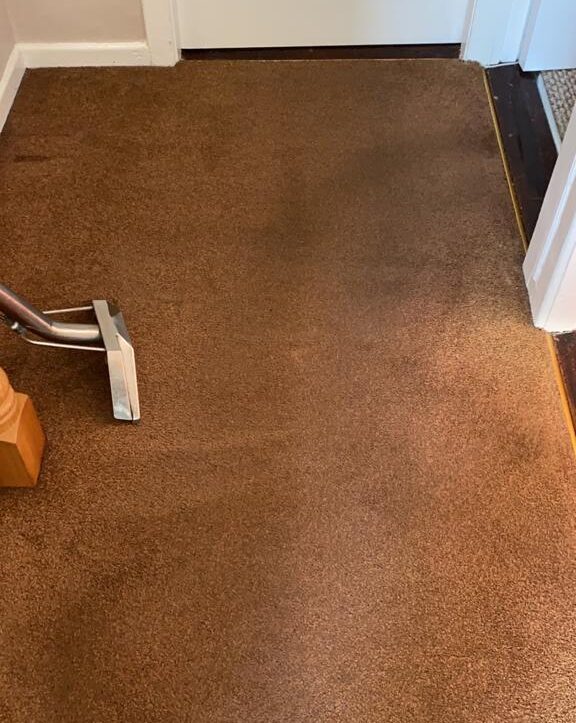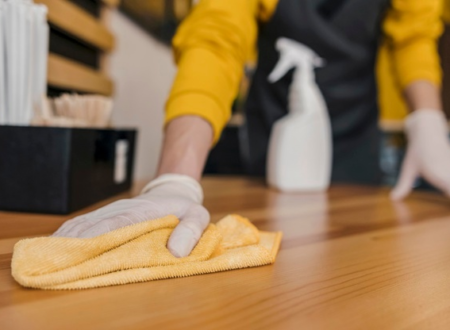Carpet wear is sometimes neglected until it has deteriorated to the point of becoming problematic. As a result, maintaining its aesthetic and functionality is frequently overlooked. This is when enlisting the assistance of a professional carpet cleaning service is advantageous. The goal or objective of a proficient rug cleaning process is to remove as much filth or foreign material from the rug fibres as feasible. This should be done without inflicting any harm to your carpets, humans or pets, or the interior or exterior environment. Look below to learn more about the four main parts of a dependable carpet cleaning process.
Chemical Formulation and Concentration:
Wet cleaning is a chemical reaction or contact of some sort. Even when only water is utilized, this holds. The more intensively filthy your carpet is, the more evenly concentrated the chemical reagent must be to accomplish this reaction in a short amount of time. That is why even deionized water with 0% conductivity will not be enough to remove particularly tenacious stains. In this modern period, several chemical reagents have been produced with specific applicability for distinct cleaning circumstances. A competent carpet cleaner will understand exactly how to choose the right detergent for the situation.
Temperature:
This might be a significant benefit throughout the cleaning process. Elevated temperatures frequently speed up chemical processes, and vice versa. Take a look at what happens to water as it hits the boiling point. When the cleaning solution is hot enough, carpets require fewer chemicals and have a shorter time to dry. Warm water, according to some, might cause harm to the carpet as well. Even the most powerful truck-mounted heating equipment may be controlled to deliver a maximum of 150 degrees F at the rug surface, which is conceivable if your carpet cleaner is ignorant and misinformed. Even wool fabrics will be safe in this situation. Another benefit of using a warm solution is that the cloth will dry faster.
Agitation:
Agitation’s main goal is to disseminate the chemical evenly and fully over the carpet fibres. A secondary goal is to loosen any dirt particles that may be stuck to the cloth. However, regardless of the cleaning solution, agitation aids in the speeding up of the chemical process. Various devices can be used to agitate. For high density, plush pile carpets, this is often done using a grooming rake on the rug. A bonnet machine with revolving brushes can also be quite effective. The horse hairbrush, a sponge, or a terry cloth towel are commonly used to agitate materials during upholstery cleaning.
Time:
It takes time for chemical processes to finish properly. The time necessary may vary depending on the scenario, but for most carpet cleaning situations, a reaction time of 10 to fifteen minutes would be enough. If the carpet dries before the emulsion is cleaned away, a reversal of sequestration might happen. A skilled technician will recognize this and make the appropriate modifications.
GS Cleaning Services is one of the most well-known carpet cleaning companies in the industry. They will ensure that all of your demands are met, followed by a seamless and trustworthy experience utilizing their services, employing high-quality tools and competent people.










14,596 Comments